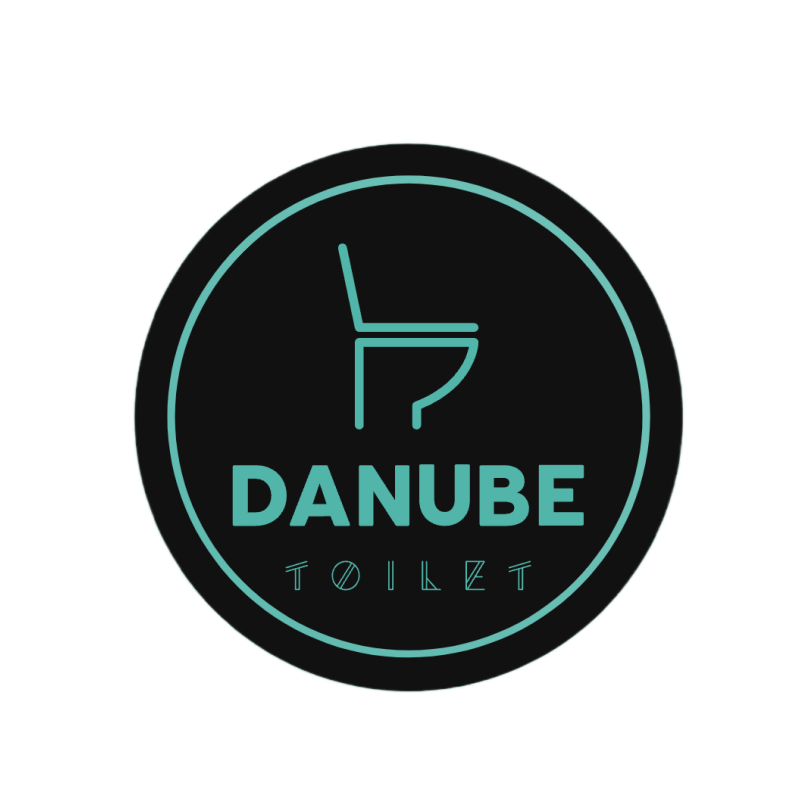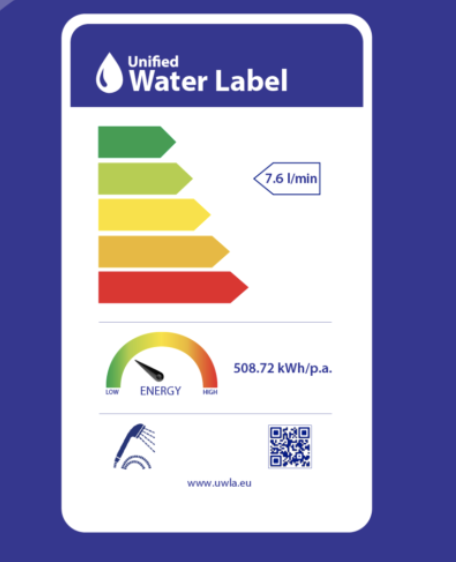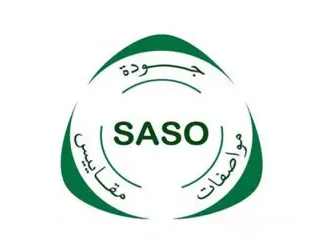In today’s highly regulated and competitive sanitaryware market, toilet certification is not just a quality assurance checkbox—it’s a necessity for market access, consumer trust, and long-term brand reputation. At the heart of this certification process lies a key component: third-party lab testing.
Whether you’re exporting wall-hung toilets to North America or developing a smart toilet for the EU market, third-party validation ensures your products are compliant, credible, and competitive.
What Is Third-Party Lab Testing?
Third-party lab testing refers to the process where an independent, accredited laboratory—one that is neither the manufacturer nor the buyer—evaluates your toilet product against applicable standards. These labs are often authorized by regulatory bodies like:
- IAPMO (for UPC/cUPC standards)
- CSA (for Canadian markets)
- SGS, Intertek, or TÜV (for global compliance and performance standards)
Why Third-Party Testing Matters in Toilet Certification
1. Unbiased Quality Assurance
Third-party labs provide objective evaluations, eliminating conflicts of interest. Unlike in-house testing, which can be influenced by production or commercial pressures, independent testing ensures reliable data on flushing performance, water efficiency, material strength, and more.
✅ For example, IAPMO-accredited labs test toilets under the Uniform Plumbing Code (UPC) for trap seal depth, water consumption, and waste removal.
2. Essential for Regulatory Compliance
Certifications like UPC, cUPC, WaterSense, CE, and ISO require test data from approved third-party laboratories. Without this data, your product cannot legally enter certain markets.
| Certification | Region | Requires Third-Party Lab? | Key Standards |
|---|---|---|---|
| UPC/cUPC | USA & Canada | Yes | ASME A112.19.2 / CSA B45.1 |
| WaterSense | USA | Yes | EPA WaterSense Specification |
| CE Marking | EU | Yes (for safety aspects) | EN 997, EN 14055 |
| SASO/SALEEM | Saudi Arabia | Yes | SASO 1475, SASO ISO 4195 |
3. Improved Market Access & Credibility
Distributors and retailers—especially in regulated markets like the United States, Canada, EU, and Middle East—often require proof of third-party certification before considering a product.
📌 For example, Amazon restricts toilet listings to those with valid UPC/cUPC or WaterSense certification documents.
4. Risk Reduction for Buyers and Contractors
For engineers, builders, and procurement teams, relying on third-party lab-tested toilets minimizes the risk of non-compliance on large-scale projects. It also ensures the product will perform as advertised in real-world plumbing systems.
5. Increases Customer Trust
Displaying third-party certifications on packaging and product listings adds legitimacy and reassurance for end users, especially in high-end or smart toilet categories.
“Backed by IAPMO Certification” or “Tested to CE Standards” is more than a slogan—it’s a proven performance guarantee.
How the Third-Party Testing Process Works
- Sample Submission
Manufacturer submits a production sample to the authorized lab. - Test Plan Execution
The lab runs a series of standardized tests based on the certification being pursued. - Performance Evaluation
Common toilet test areas include:- Water consumption and flow rates
- Flushing efficiency (e.g., MaP scores)
- Trap seal depth
- Static pressure durability
- Water-tightness and leakage prevention
- Test Report Issuance
A formal report is issued. If passed, this report supports the certification application. - Certification Granted
With a passed test report, the product can be certified and labeled accordingly (e.g., UPC mark).
Common Standards That Require Third-Party Testing
ASME A112.19.2
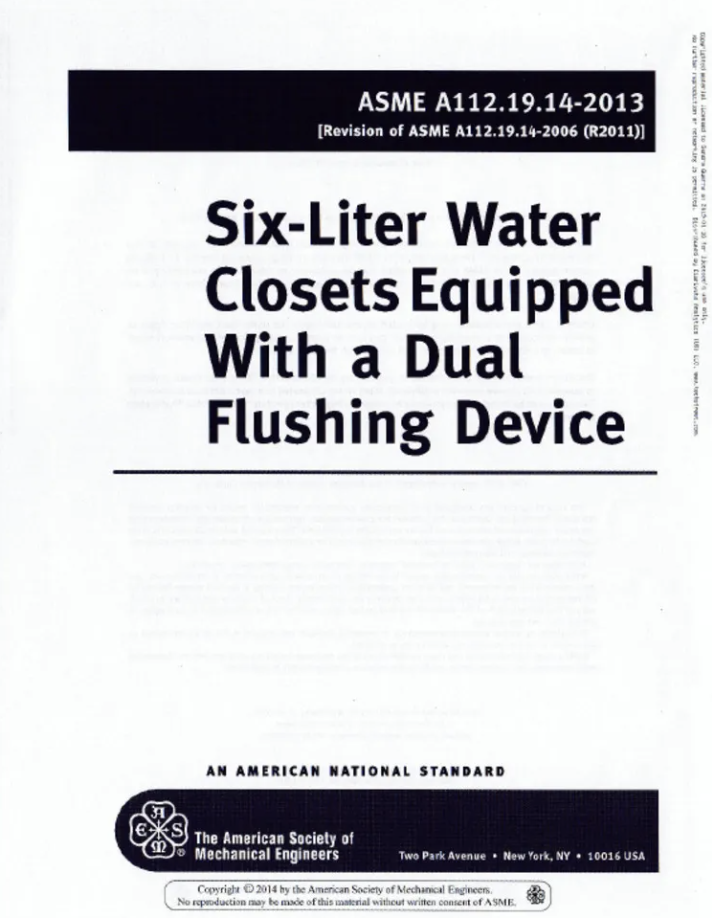
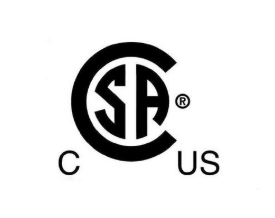
CSA B45.1
EPA WaterSense
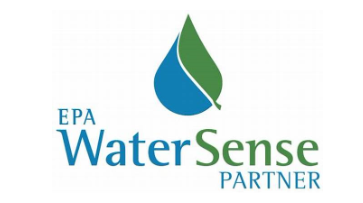
| Standard | Description | Applies To |
|---|---|---|
| ASME A112.19.2 | Vitreous china toilets and urinals | North America |
| CSA B45.1 | Plumbing fixtures standard | Canada |
| EPA WaterSense | Water efficiency and performance for toilets | USA |
| EN 997 | WC pans with integral trap | Europe |
| SASO 1475 | Toilets & water closets performance (Saudi Arabia) | Middle East |
| GB 6952 | Sanitary ceramics quality requirements (China) | China/domestic |
Cost and Time Considerations
| Testing Type | Typical Timeframe | Cost Range (USD) |
|---|---|---|
| UPC/cUPC Full Testing | 4–6 weeks | $2,000–$4,000+ |
| CE Testing (EN 997) | 3–5 weeks | $1,500–$3,000 |
| WaterSense Certification | 4–8 weeks | $3,000–$5,000+ |
| SASO/SALEEM Compliance | 2–4 weeks | $1,000–$2,500 |
💡 Tip: Use a certified OEM partner already familiar with lab submissions to save time and cost.
FAQ: Third-Party Lab Testing for Toilet Certification
Q1. Is third-party lab testing mandatory for toilet certification?
Yes, in almost all regulated markets, certification bodies require third-party test data.
Q2. Can I use the same test report for multiple certifications?
Not always. Some test results may overlap, but most certification bodies have unique reporting formats and requirements.
Q3. How do I find an authorized third-party lab?
You can check the official sites of IAPMO, CSA, or CE notification bodies. Labs like Intertek, TÜV Rheinland, and SGS are widely recognized.
Q4. What if my product fails the third-party test?
You’ll receive a detailed failure report, which you can use to make design improvements before resubmission.
Q5. Is third-party testing a one-time process?
No. Some certifications require periodic re-testing, especially if design or manufacturing changes occur.
Conclusion
Third-party lab testing plays a pivotal role in toilet certification—it is the gateway to global market access, legal compliance, and customer confidence. For manufacturers, importers, and developers in the sanitaryware industry, investing in credible third-party testing is not just good practice—it’s an essential business strategy.
If you’re seeking a certified manufacturing partner that understands international testing protocols and can help streamline your certification process, look for suppliers offering OEM and ODM services with proven experience in third-party lab cooperation.
